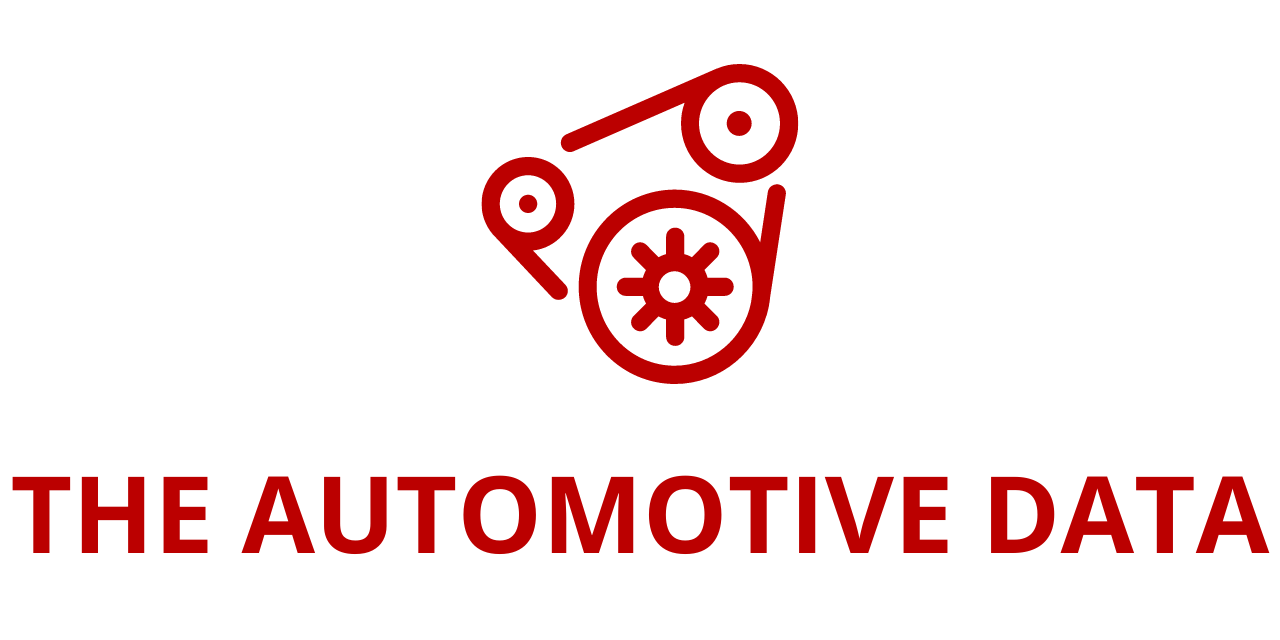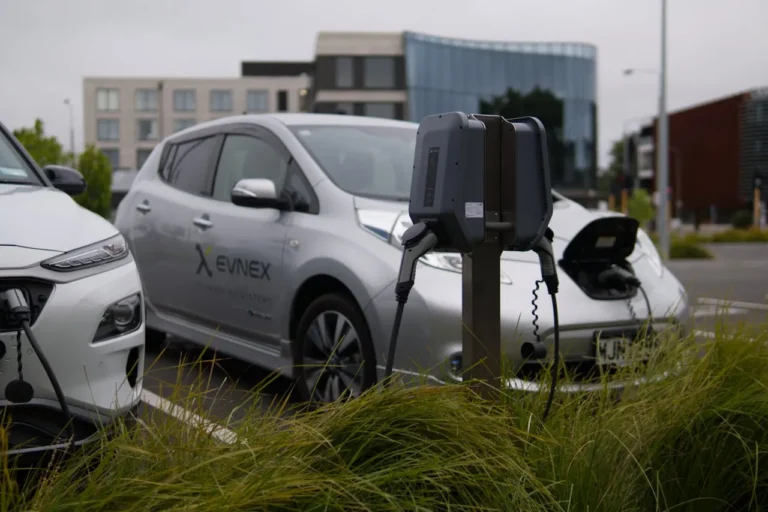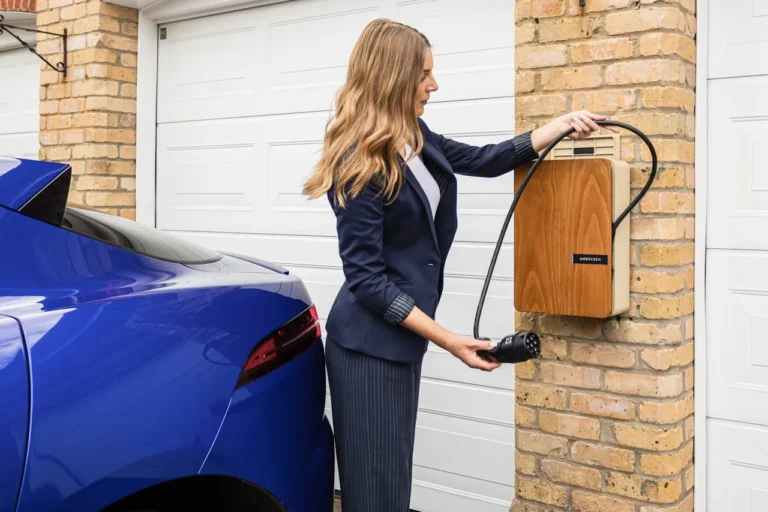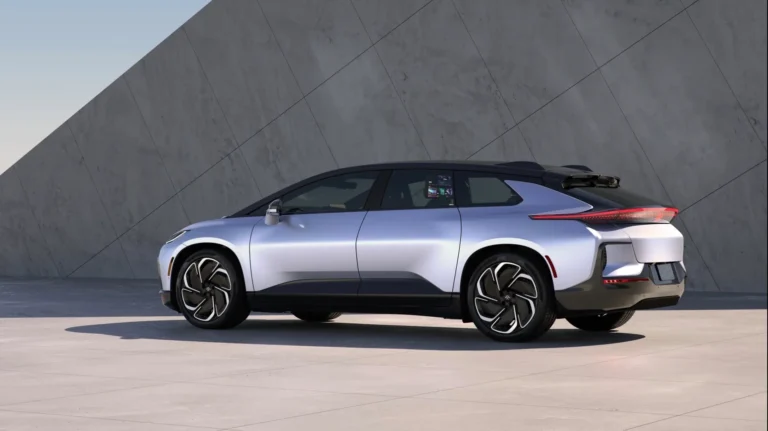
ResearchAndMarkets.com is now offering the “Growth Opportunities in EV Insurance Write-Offs in North America & Europe” report. This comprehensive study delves into the intricate processes of insurance and repair when an electric vehicle (EV) sustains damage in an accident.
The report covers key regions including North America and Europe, encompassing the United Kingdom. It meticulously examines the challenges encountered by repairers and auto insurers during the repair of electric vehicles. Moreover, it explores the factors contributing to the increased premium costs associated with EV insurance.
Within the scope of the study, regulatory measures and original equipment manufacturer (OEM) initiatives in North America and Europe aimed at reducing EV repair costs in the future are thoroughly discussed. As consumer awareness rises and government regulations and subsidy programs encourage EV adoption globally, the incidence of EV road accidents and subsequent EV-specific insurance claims is expected to rise steadily. Components such as batteries, inverters, and charging units are highlighted as crucial elements of EVs.
Even minor collisions or damage to these components can raise safety concerns, necessitating repairs or replacements. Notably, OEMs lack standardized procedures to ensure the quality and safety of repaired EV batteries. Negligence during the repair process could lead to hazardous outcomes such as short circuits, fires, or explosions, potentially holding repair shops liable for damages. Factors such as the availability of authorized parts, the high cost of battery and electrical components, quarantine requirements for damaged battery storage, additional labor hours for EV repairs, and the absence of standard repair protocols contribute to the elevated claim severity costs of EV batteries and heighten the likelihood of write-offs.
To address these challenges, OEMs are urged to train their dealers, vehicle damage assessors, and technicians on vehicle architecture, wiring structures, and battery pack designs to enhance repair efficiency and safety. Companies like Nissan, GM, Ford, and Tesla are already implementing initiatives to simplify battery designs and introduce EV battery repair kits, along with making replacement parts available through their authorized repair shops.
Furthermore, governments in Europe and North America are establishing regulatory frameworks to grant third-party vehicle service providers access to vehicle data. Such measures are anticipated to expedite replacement or repair services and mitigate the risk of premature EV write-offs in the future.
The report also includes detailed analyses, metrics, and trends pertaining to EV insurance write-offs in both regions, along with growth opportunities for stakeholders in the EV insurance and repair ecosystem. These opportunities include low-cost battery repairs, streamlining and simplification of repair processes, and maximizing auto salvaging efforts, among others.
Overall, the “Growth Opportunities in EV Insurance Write-Offs in North America & Europe” report provides invaluable insights into the evolving landscape of EV insurance and repair, offering strategic recommendations for industry players to capitalize on emerging trends and opportunities.






